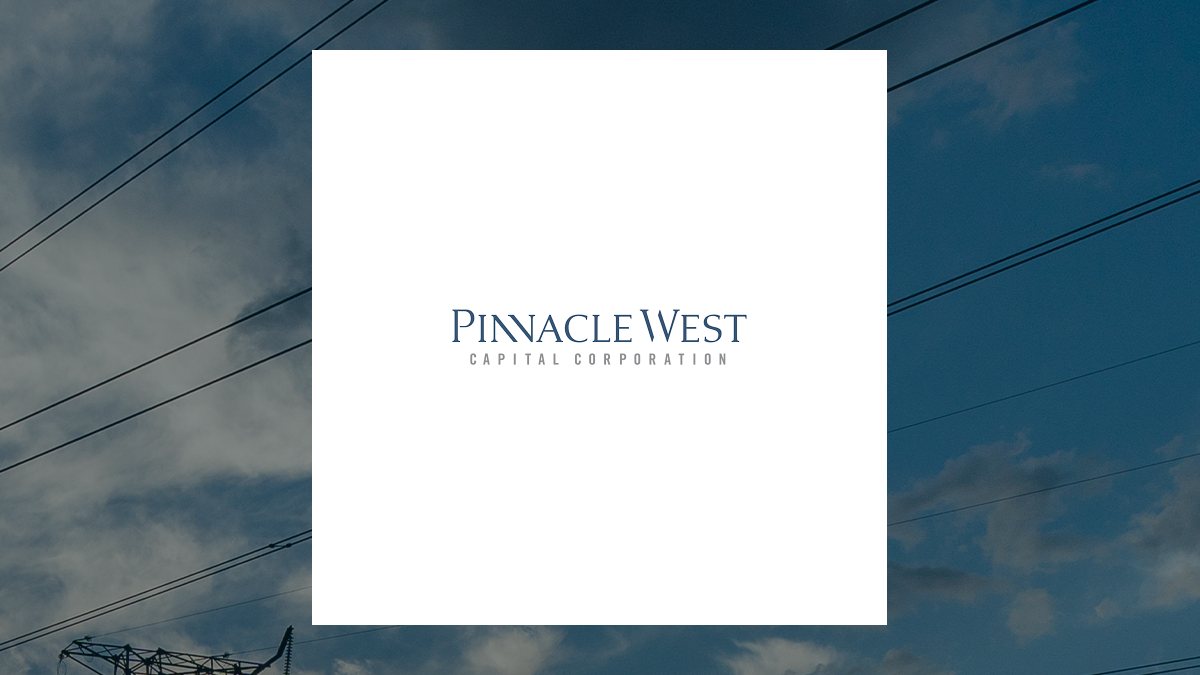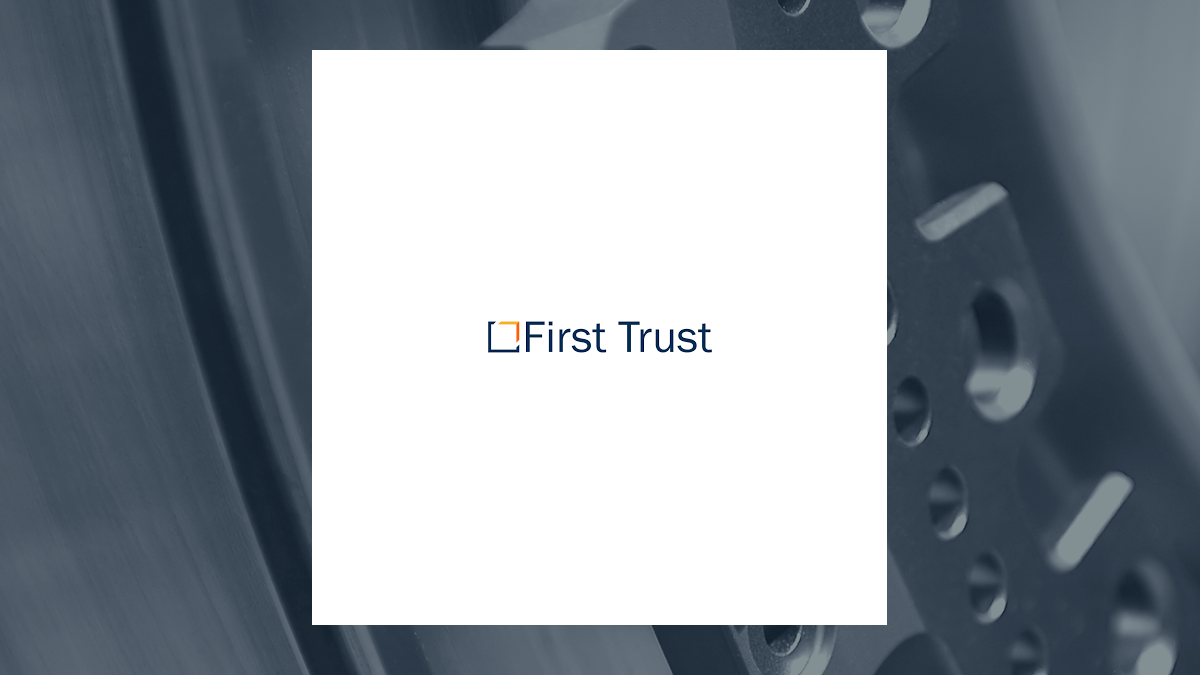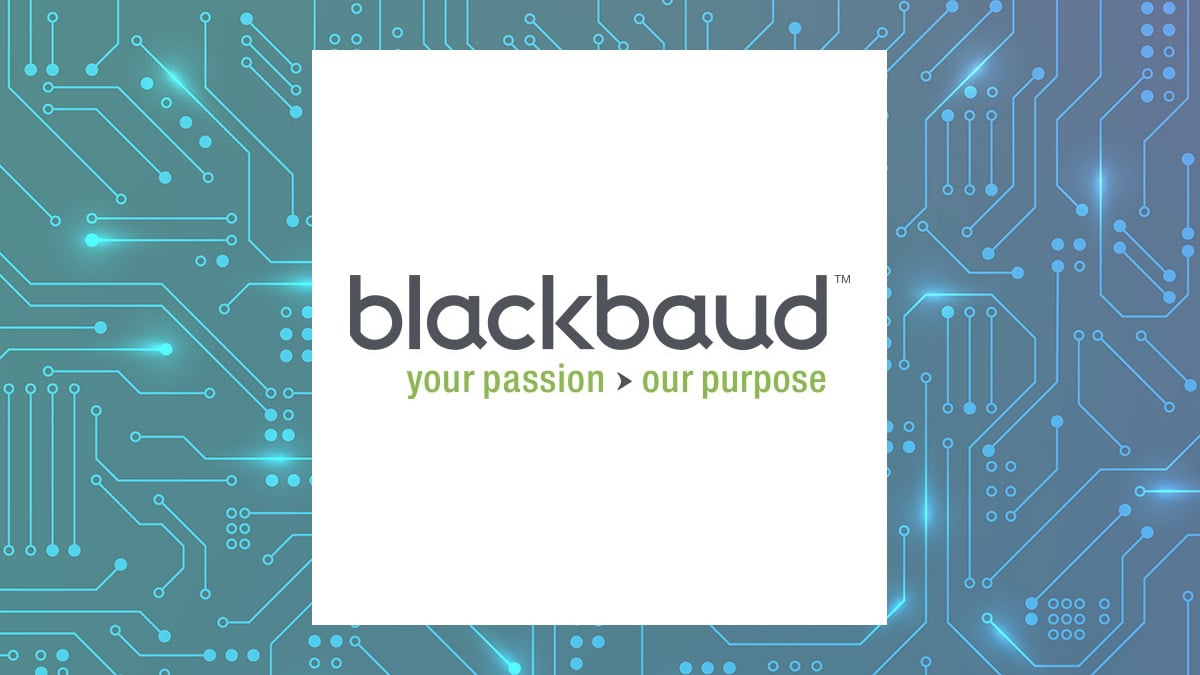
Co-founder of Investorlink, Monisha Chaudhary, shed light on the mistakes investors make while converting their physical shares to demat form. In recent years, the financial landscape has shifted towards digital holdings. Thus, shareholders are moving towards the dematerialisation of shares rather than keeping their investments in the physical form.
Monisha Chaudhary, Co-founder of Investorlink, said, “Thousands of shareholders face unnecessary delays and rejections while converting their physical shares to demat form. This entire process of dematerialisation of shares can turn out to be complex, time-consuming, and challenging for such investors. By understanding the minor mistakes in the dematerialisation process, shareholders can secure their investments faster.

Our Investorlink team is leaving no stone unturned in the conversion of physical shares to demat without any scope for stress and worry for investors all over India.” Let’s look at the mistakes to avoid during the dematerialisation of shares, as suggested by the co-founder of Investorlink, Monisha Chaudhary. 10 Mistakes to Avoid in Share Dematerialisation Given below are the 10 common mistakes shareholders must avoid during share dematerialisation- While converting physical shares to demat form, mistakes such as incomplete or incorrect documentation often take place due to incomplete or incorrect documentation.
Shareholders must be aware of this mistake to avoid it during share dematerialisation. They should double-check all forms before going ahead with submission. Make sure that your KYC details, including Aadhar, PAN, and address, are updated with the depository participants.
Signatures on the Dematerialisation request form (DRF) must match the records with the Company and Depository Participant (DP). Variations in name spellings or KYC documents and share certificates can cause rejections. It’s essential to get the discrepancies corrected beforehand.
Damaged, unreadable, or Torn share certificates may require re-issuance before they can be dematerialised. Legal heirs must complete transmission formalities before dematerialisation takes place to reduce the chances of rejection. A linked bank account ensures seamless dividend credits after dematerialisation.
Each security has a unique ISIN (International Securities Identification Number). It ensures that the correct ISIN is mentioned on the Dematerialisation Request Form. Choosing a non-compliant or unreliable depository participant can lead to future complications in shareholding management.
Shareholders often make the mistake of not keeping copies of forms and receipts. It’s essential for them to keep copies of submitted forms and receipts as proof of transaction. Most of the shareholders find dematerialisation of shares a troublesome and stressful task.
That’s the reason they are willing to convert their physical shares to demat form but are not doing so to avoid stress and hassle. Throwing light on this, Monisha Chaudhary, said, “Our Investorlink unit has successfully resolved thousands of cases of dematerialisation of shares . With a network of ROS experts with more than 10 years of industry experience, we are going beyond our comfort to tackle challenges in the path of dematerialisation of physical shares.
We hope that we will be able to help many shareholders whose hopes are pinned on experts like us.” Investorlink is progressing as one of the most reliable consulting firms for the recovery of shares and dividends, and investors throughout India are making it their first preference..















